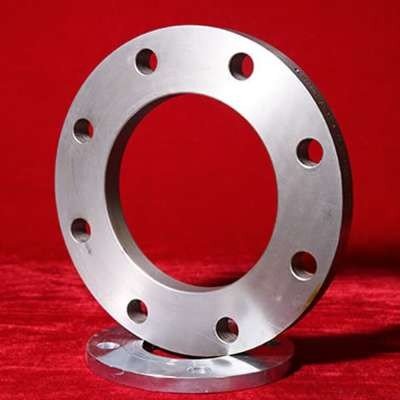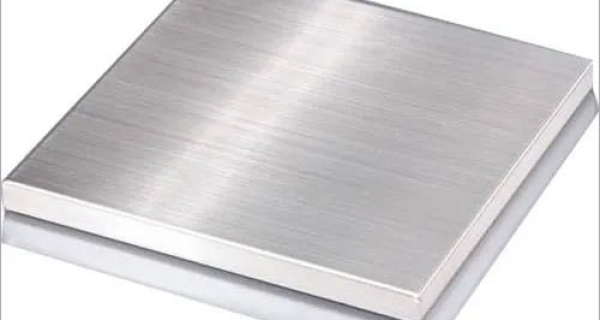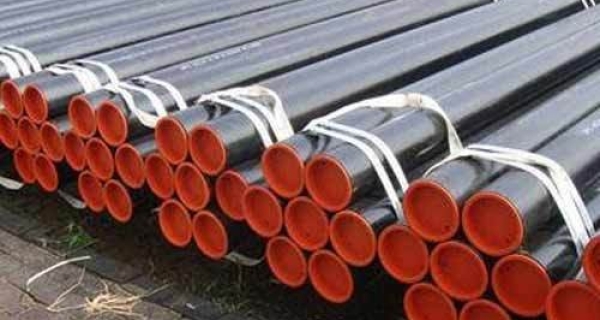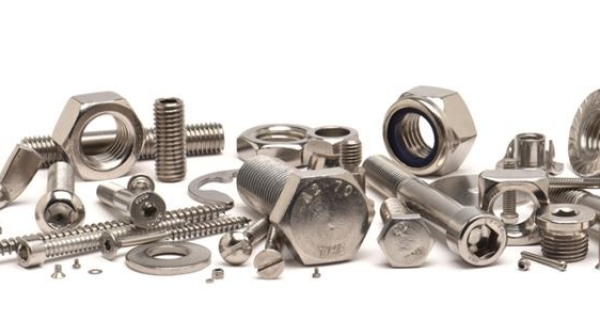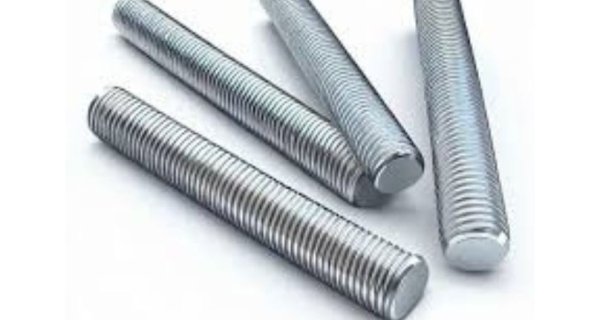6 Factors to Identify a Flange
In this article, we will look go through a list of points on how to identify a flange manufacturer in India. Whether a flange will function correctly all goes back to whether the flange was the correct one for the job in the first place. A flange must fit in pipe joints just precisely in order for it to perform appropriately. A minor error in selecting a flange can affect an application resulting in a costly mistake. These 6 factors are all involved in selecting the perfect flange for the right application to maximize its functionality.
Publié 5 années depuis dans Les magazines, actualisé 5 années depuis.
6 Factors to Identify a Flange
In this article, we will look go through a list of points on how to identify a flange manufacturer in India. Whether a flange will function correctly all goes back to whether the flange was the correct one for the job in the first place. A flange must fit in pipe joints just precisely in order for it to perform appropriately. A minor error in selecting a flange can affect an application resulting in a costly mistake. These 6 factors are all involved in selecting the perfect flange for the right application to maximize its functionality.
Thickness
Thickness plays a vibrant role in recognizing a flange by how high of pressure it can withstand because thicker flanges can withstand higher pressures in an application.
Types
It’s quite easy to recognize the type of flange by how it looks. First, identify the tops by determining whether a flange has a flat face, threaded bore, lap joint, weld neck, socket weld, or tongue & groove. Next is recognizing the bottoms by determining whether it has a flat face, which is wholly flat or a raised face which is a slightly raised section on the face of the flange.
Size
The size of a flange is comprised of factors that include the standard used (ANSI B16.5/DIN/JIS), pressure class needed, & the actual measurements of a flange. Factors include the outer diameter, inner diameter, number of bolt holes, bolt hole diameter, & the bolt circle.
Pressure Class
The pressure class represents the minimal amount of pressure that the product can support or operate under safely. Each standard has several pressure classes available ranging from low-pressure tolerance to high-pressure tolerance. The pressure class of products working together should be the same matching the pressure class of the pipes & valves in the system that it is connected to.
Standards
There are a number of standards that can be selected from. The selection will most likely be based upon the application & standards of the other components that this flange will be connected to. (i.e. valves) 3 main standards used are ANSI – American National Standards Institute, DIN – Deutsches Institut für Normung / European, & JIS – Japanese International Standard.
Bolt Holes
This component helps determine the size of a flange & pressure class. 3 factors that need to be considered are the number of bolt holes, pitch circle diameter, & actual size of the bolt holes on a flange. The thicker the bolt the stronger the bolt is, resulting in a higher pressure that the flange can withstand. Buy flanges from flanges supplier in India.
